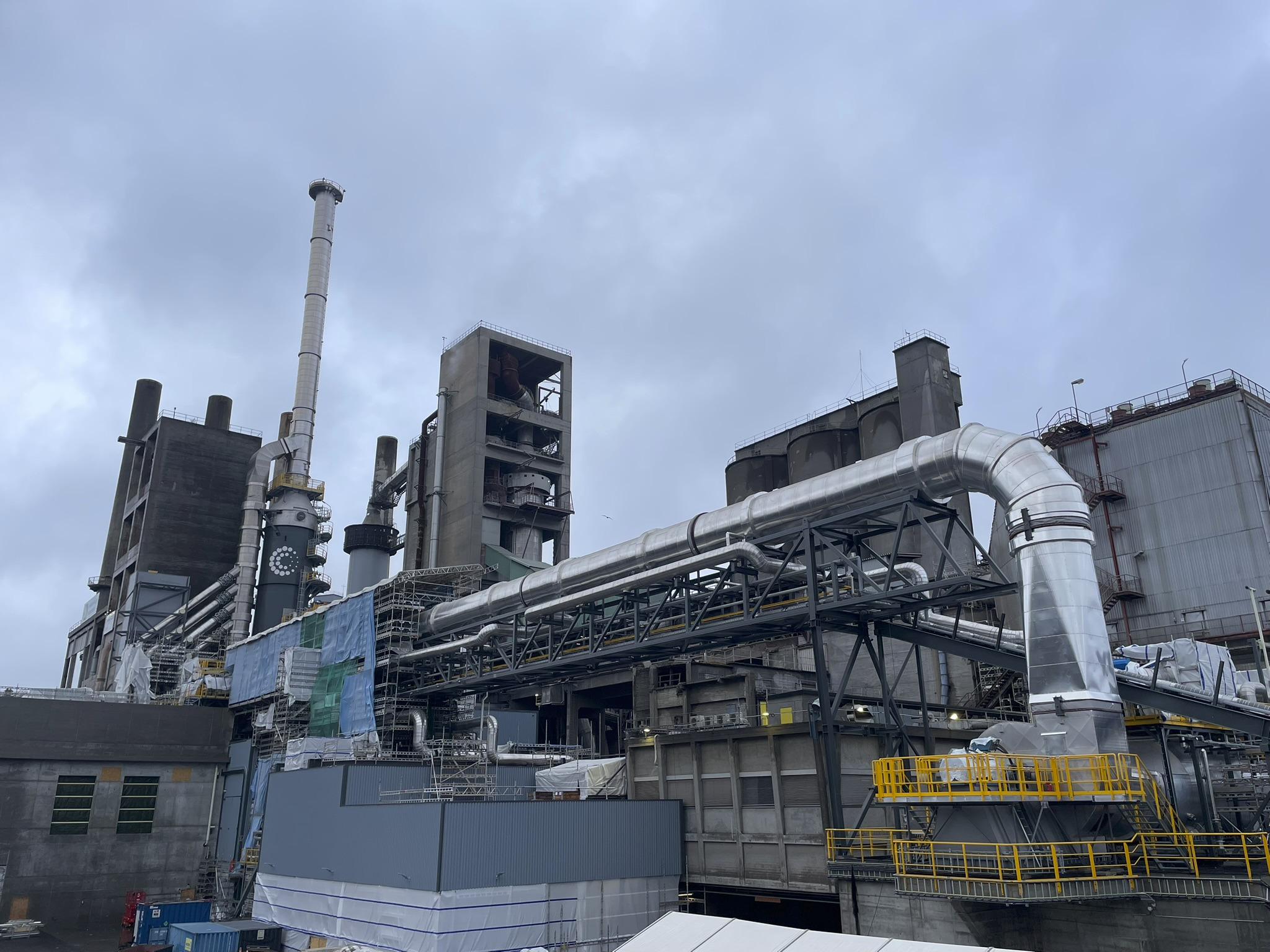Media release
From:
Climate: Establishing the global limit of Earth’s carbon storage capacity
The practical planetary capacity for storing carbon emissions in rock formations is estimated at 1,460 gigatons, according to a paper in Nature. This upper limit will likely be met by 2200 under current warming mitigation scenarios, indicating that nations should reconsider the role of carbon storage in their plans to reduce emissions.
To meet the goal of net zero carbon emissions, sources of carbon dioxide must be equal to removal by carbon dioxide sinks. One method of achieving this is to store carbon emissions in geologic formations for centuries or millennia using capture and storage technology. While previous proposals have suggested that the amount of carbon that can be stored is incredibly large, research is needed to clarify any upper limits.
Matthew Gidden, Joeri Rogelj and colleagues quantified the amount of geologic carbon storage Earth can practically support by analysing stable geologic formations while accounting for risk factors such as environmentally sensitive locations, distance to population centres, and lack of government support. They calculate that this more prudent estimate of the planetary geologic storage potential of carbon dioxide lies at 1,460 gigatons, and that this potential could be exhausted by 2200. Adhering to this storage cap, the authors report that geological carbon storage can reverse a maximum of 0.7 °C of global warming in the future. About 70% of this storage capacity is located onshore, and countries with high storage potential include Russia, the USA, China, Brazil, and Australia, who are mostly large-scale extractors of fossil fuels.
The authors note that a key limitation of this analysis is not accounting for the obstacles of scaling up carbon capture and storage technology or considering any other technologies that might be developed in the future. Policymakers should include explicit estimates of how much carbon storage is needed, while also planning strategies to mitigate carbon emissions.
Expert Reaction
These comments have been collated by the Science Media Centre to provide a variety of expert perspectives on this issue. Feel free to use these quotes in your stories. Views expressed are the personal opinions of the experts named. They do not represent the views of the SMC or any other organisation unless specifically stated.
Associate Professor David Dempsey, Department of Civil and Environmental Engineering, University of Canterbury
"Part of the fight against climate change is likely to involve pumping liquid carbon dioxide underground (called carbon capture and storage, CCS), which we either capture from some difficult-to-electrify industries (steel, cement) or CO2 that we pull directly from the air. All of this CO2 has to go somewhere for a long time and the safest place seems to be deep underground.
The authors of this study have tried to calculate how much space there is underground for all this CO2. They looked at all possible sites in the world, took into account certain risk factors to rule some out, and ended up with 1400 billion tonnes of CO2 space. That's quite a bit, even if it's 10 times smaller than previous estimates.
Most of the storage seems to be in countries that already produce a lot of fossil fuels - in fact, you can often just put the CO2 back where it came from. The idea has been floated here - once their reserves have been depleted, the Kapuni and Maui gas fields are possible storage sites.
The study seems to suggest we might eventually run out of space but I'm not so convinced. Even if all currently planned CCS projects come off, we'll only be injecting a half a billion tonnes each year. At that pace, running out of CO2 storage space would be a good problem to have.
The government have suggested NZ players might get involved in CCS but the local industry reception has been pretty lukewarm (except for the geothermal sector, who are doing a type of CCS). If we're going to get serious about this climate mitigation technology, CO2 storage will need to make financial sense."



 Australia; New Zealand; International
Australia; New Zealand; International



